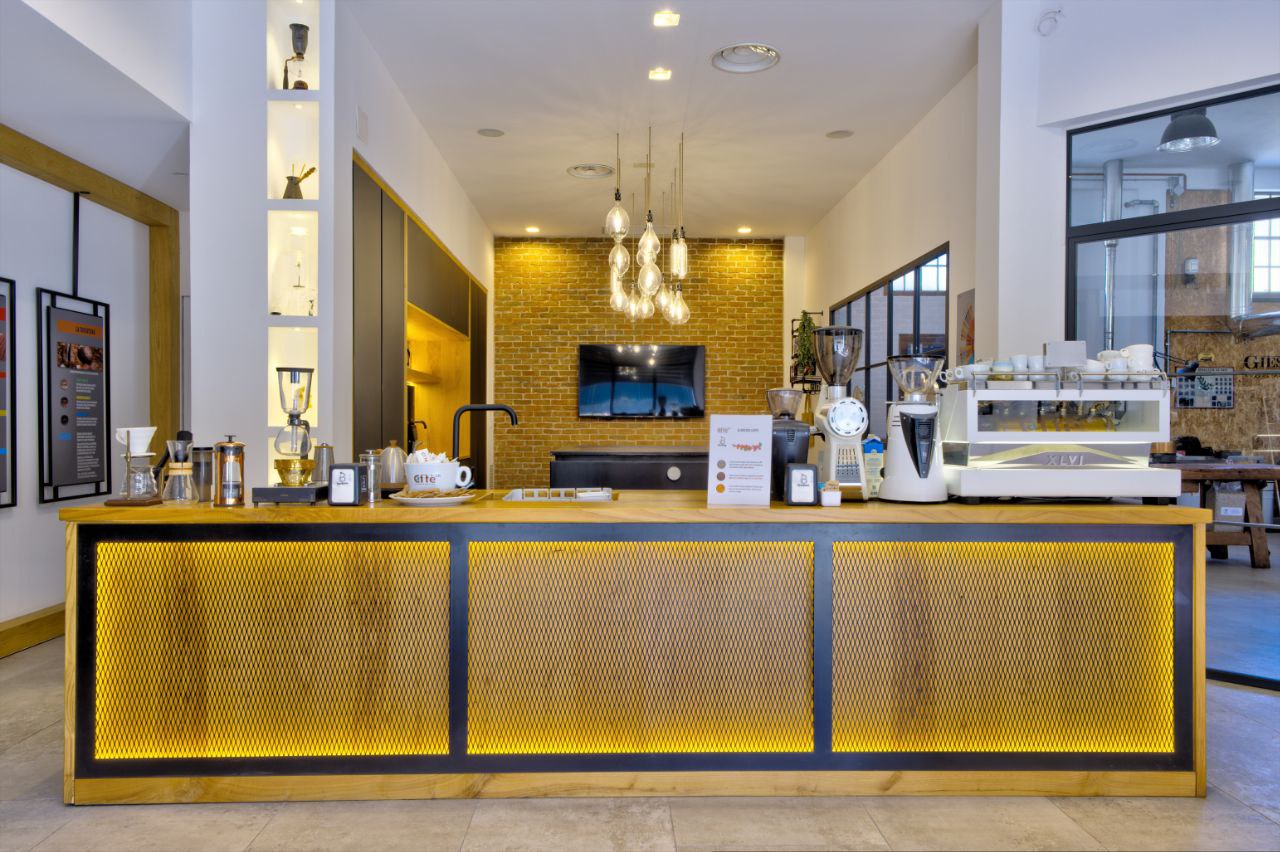
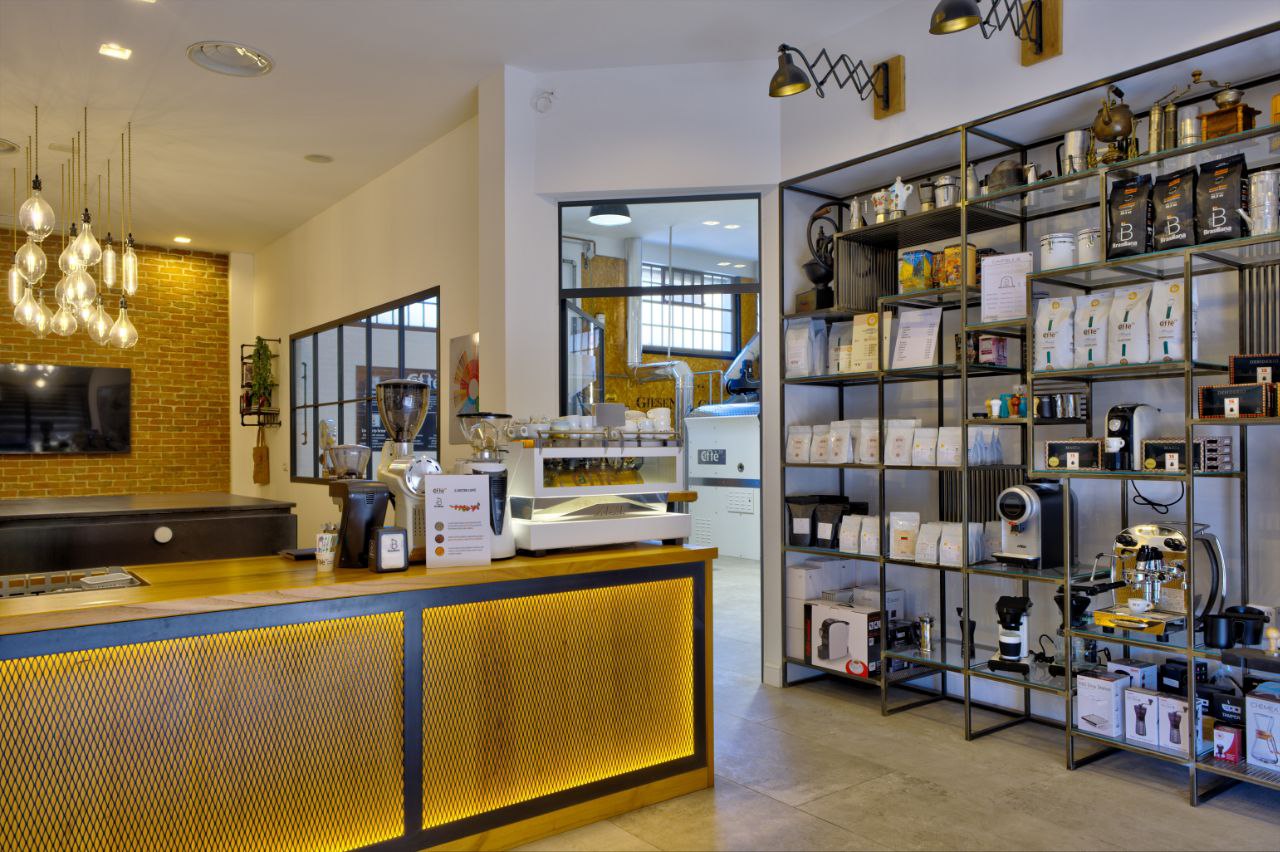

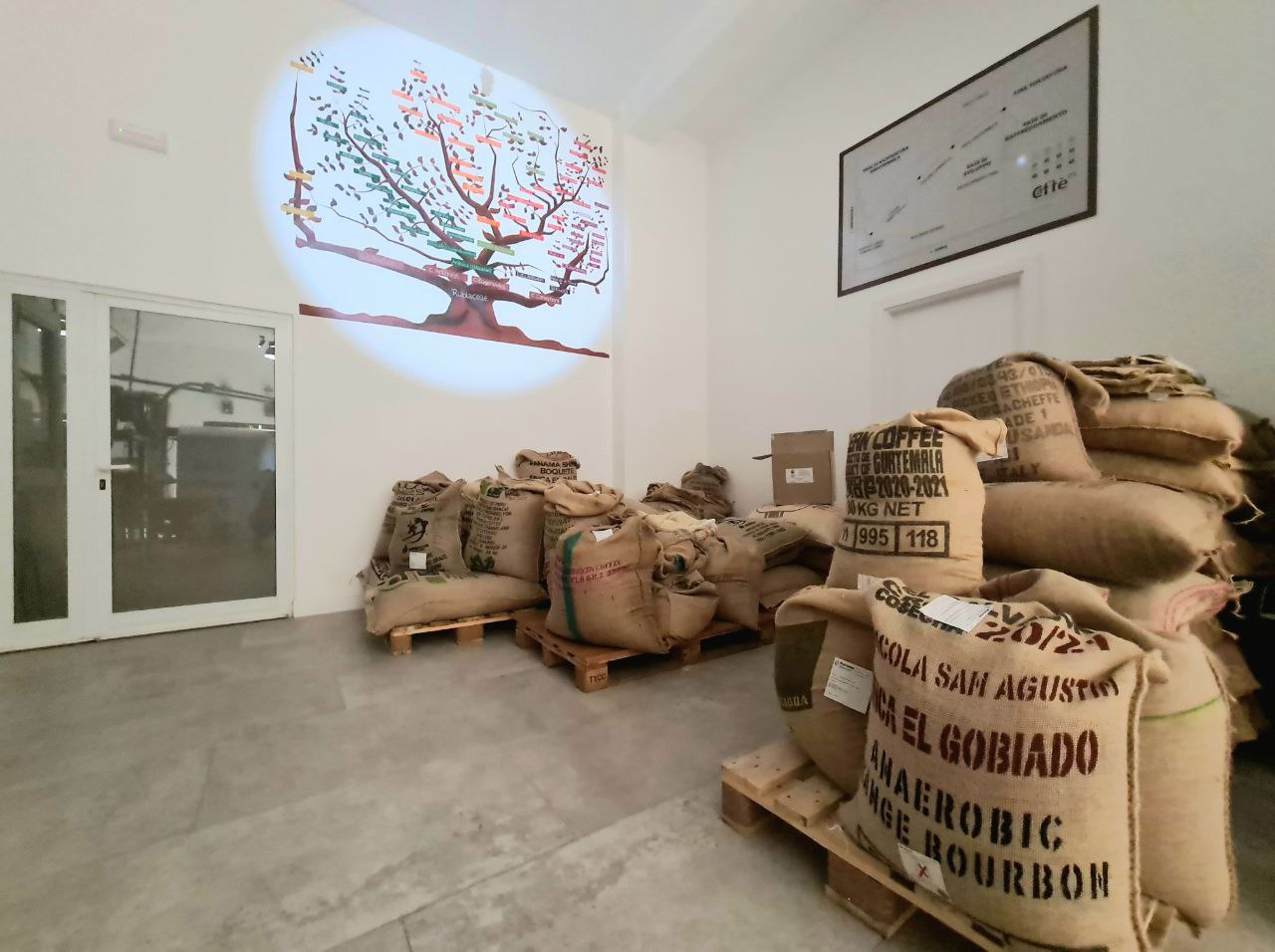
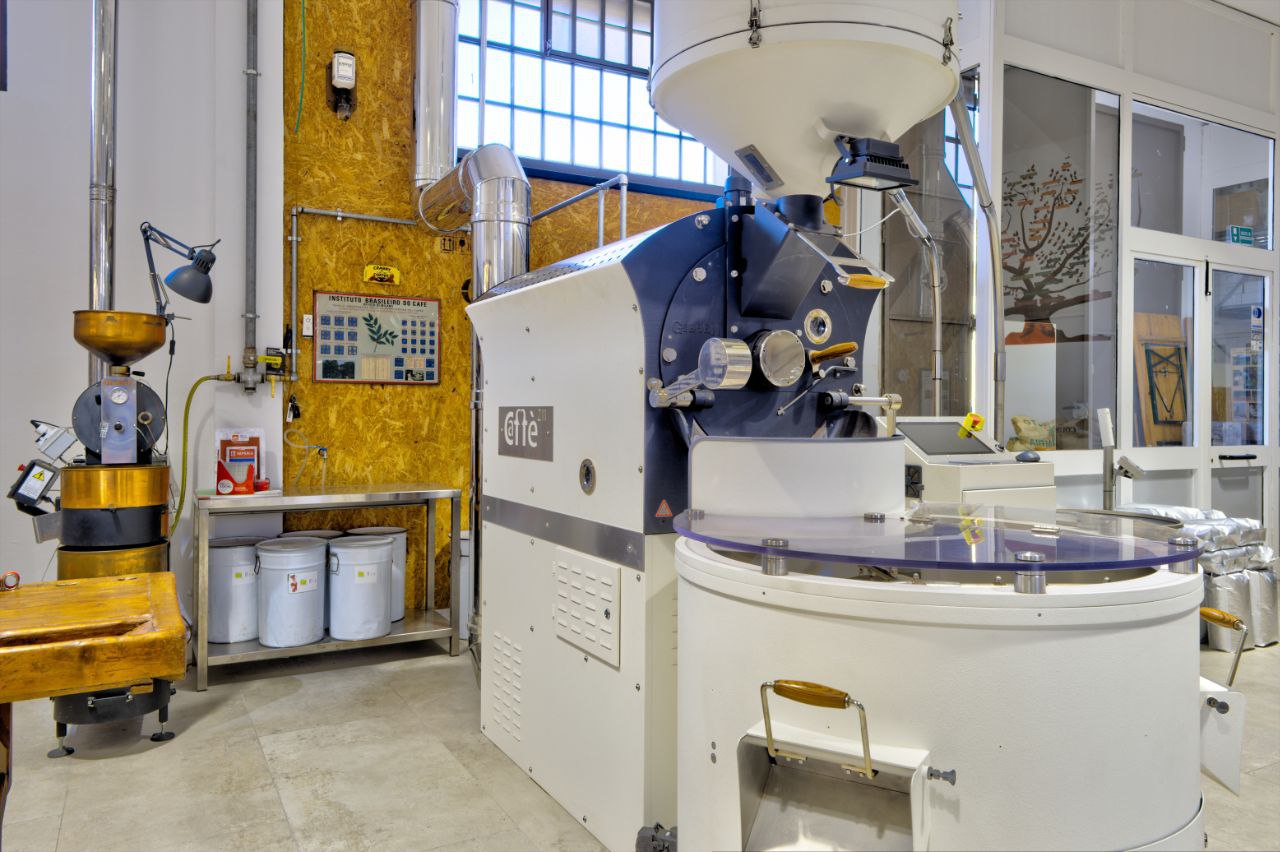

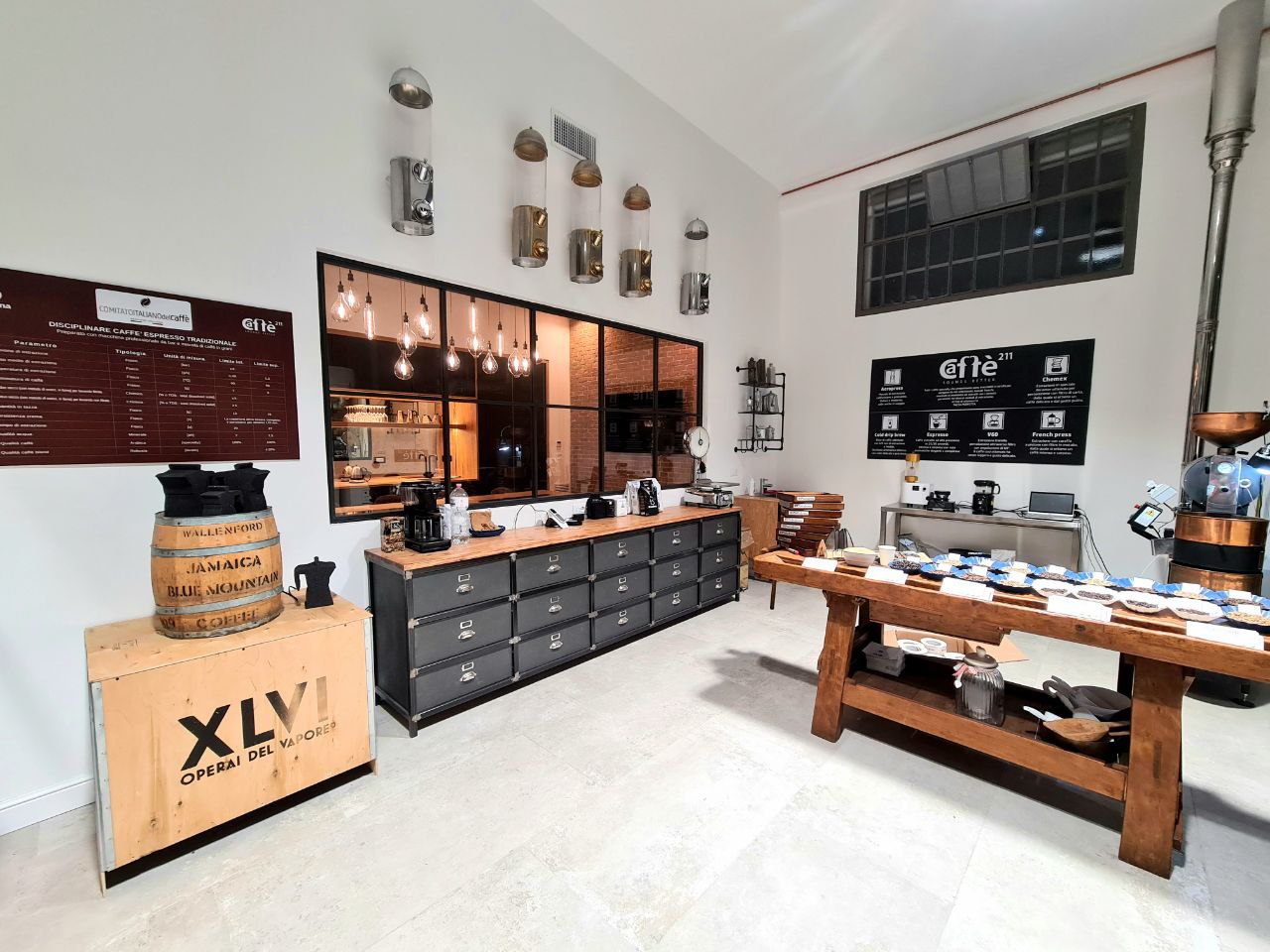
Raw coffee quality is sorted by defects, the greater the defects, the lower the quality.
Defects in coffee can be multiple and are divided into primary and secondary.
Primary defects depend on the presence of external bodies, such as stones, wood, leaves, dried cherries, parchment beans.
Secondary defects are related to coffee and can be: black beans, beans damaged by processing machines or insects, moldy, unripe, whitish beans, etc.
At the time of purchase, in addition to defects, it is necessary to consider the moisture, density and above all the TYPE OF HARVESTING of the DRUPE (this is how coffee cherries are called): in fact, it’s crucial that it is carried out by the PICKING method (hand picking, selecting only fruits that have reached perfect ripeness) and not mechanically.
Very important is also the check of the harvest year, which must necessarily be the current one, to be sure that the product still possesses all of its distinguishing organoleptic qualities intact.
Before purchasing, it’s always recommended to request a sample in order to examine the quality of raw material in person.
The roasting curve is the intersection of 2 data: time and temperature.
During the roasting, adjusting parameters such as heat output, suction of hot air present in the drum and other variations, will develop our ideal curve.
It is important to roast different types of coffee separately. Natural coffees, washed coffees, Arabica coffees and Robusta coffees require different roasts and should not be mixed BEFORE roasting.
Roasting individual origins separately therefore allows to get, with the correct curve and at the right temperature, the best from each type of coffee.
Only later the blends will originate.
Quality control is carried out first on raw coffee, as described in coffee selection, and then also on roasted coffee.
It is important to reproduce, for each type of coffee and origin, the same roasting curve in order to obtain a uniform and always consistent product.
Finally, the roasting degree is checked by using a COLORIMETER, with the aim of optimizing quality and obtaining the right aromatic balance of the product in the cup, both for espresso and for filter extraction.
After roasting and blending, the coffee is stored in degassing silos; at this stage the beans will rest for a not too long time, gradually releasing the CO2 created during roasting.
At this point our beans will be ready to be packaged in 250 gr, 500 gr and 1 kg weights
We train the professionals of the future.
Choose from our Academy courses, increase your professionalism and create your working future by differentiating yourself.
*BASIC BARISTA Course: 2 days (9.00/12.00 – 14.00/18.00)
*ADVANCED BARISTA Course: 2 days (9.00/12.00 – 14.00/18.00)
*BASIC LATTE ART Course: 5 hours (9.00/12.00 – 14.00/16.00)
*ADVANCED LATTE ART Course: 5 hours (9.00/12.00 – 14.00/16.00)
*ROASTING Course: 2 days (9.00/12.00 – 14.00/18.00)
*INTRODUCTION TO BREWING Course (Filter Coffee): 4 hours (8.30 – 12.30)